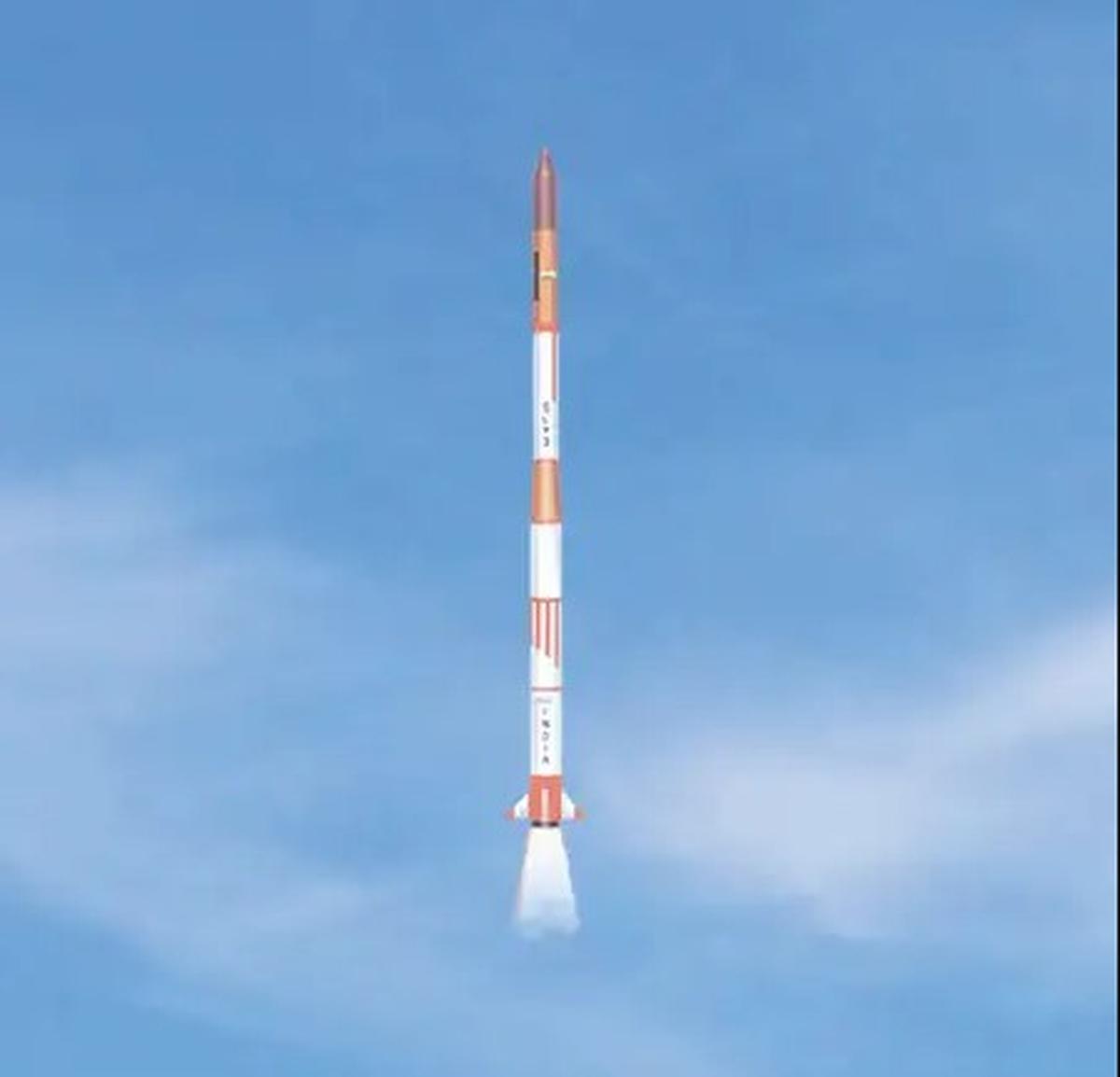
With the GSLV-F15 mission, ISRO will oversee the historic 100th launch from the Satish Dhawan Space Centre (SDSC) in Sriharikota in the early hours of January 29, 2025. Photo: X/@isro
The Indian Space Research Organisation (ISRO) in the early hours of Wednesday (January 29, 2025) will oversee the historic 100th launch from the Satish Dhawan Space Centre (SDSC) in Sriharikota with the GSLV-F15 mission.
The first launch, on August 10, 1979, was the experimental flight of Satellite Launch Vehicle-3 (SLV-3 E10) carrying the Rohini Technology Payload, which was only partially successful according to the space agency. The late former President of India A.P.J. Abdul Kalam, who was then with ISRO, was the Director of this mission. Dr. Kalam and ISRO officials recovered from the setback and tasted success with the SLV-3E2 a year later, on July 18, 1980, as the Rohini satellite, RS-1, was placed in orbit.

The SLV-3E2. Photo: isro.gov.in
After this, ISRO launched two more SLV missions; four Augmented Satellite Launch Vehicle (ASLV) missions; 62 missions from its workhorse, the Polar Satellite Launch Vehicle (PSLV); 16 Geosynchronous Satellite Launch Vehicle (GSLV) missions; seven Launch Vehicle Mark 3 (LMV3) missions; three Small Satellite Launch Vehicle (SSLV) missions; one Reusable Launch Vehicle (RLV) mission; one Test Vehicle Abort Mission; and one Pad Abort Test (PAT) as part of the Gaganyaan programme.

The location of the spaceport in the east coast of India was decided upon by the founding members of the Indian space programme due to its unique features. “Features like a good launch azimuth corridor for various missions, nearness to the equator (benefiting eastward launches) and large uninhabited area for a safety zone have made Sriharikota the ideal location for the spaceport,” SDSC has stated on selecting this location.
Landmark missions
Among its landmark missions were India’s lunar missions, including the PSLV-C11/Chandrayaan-1 in 2008, the GSLV-Mk III – M1/ Chandrayaan-2 in 2019, and the LVM3 M4/ Chandrayaan-3 in 2023, which made India the first country to touchdown on the polar region of the moon.
The PSLV-C25/Mars Orbiter Mission in 2013 was another important launch as it was India’s first interplanetary mission, and the PSLV-C57/ Aditya-L1 in 2023 was India’s first mission to study the Sun.
Another watershed moment was the launch of the PSLV-C37/ Cartosat-2 series in 2017. During this mission, ISRO launched a record 104 satellites in a single flight — this was a record till 2021, when it was was broken by the SpaceX Falcon 9 that launched 143 satellites.
Not all rosy
It has not been all rosy for the space agency and the launch port as there have also been multiple failures, including the GSLV-F02/ INSAT-4C in 2006, GSLV-D3/ GSAT-4 and GSLV-F06/ GSAT-5P in 2010, and the GSLV-F10/ EOS-03.
Published – January 28, 2025 08:39 pm IST


